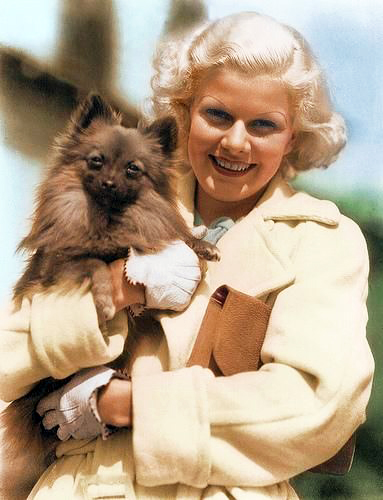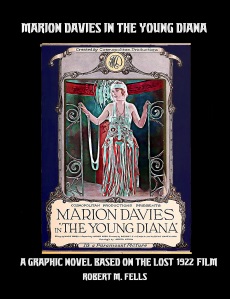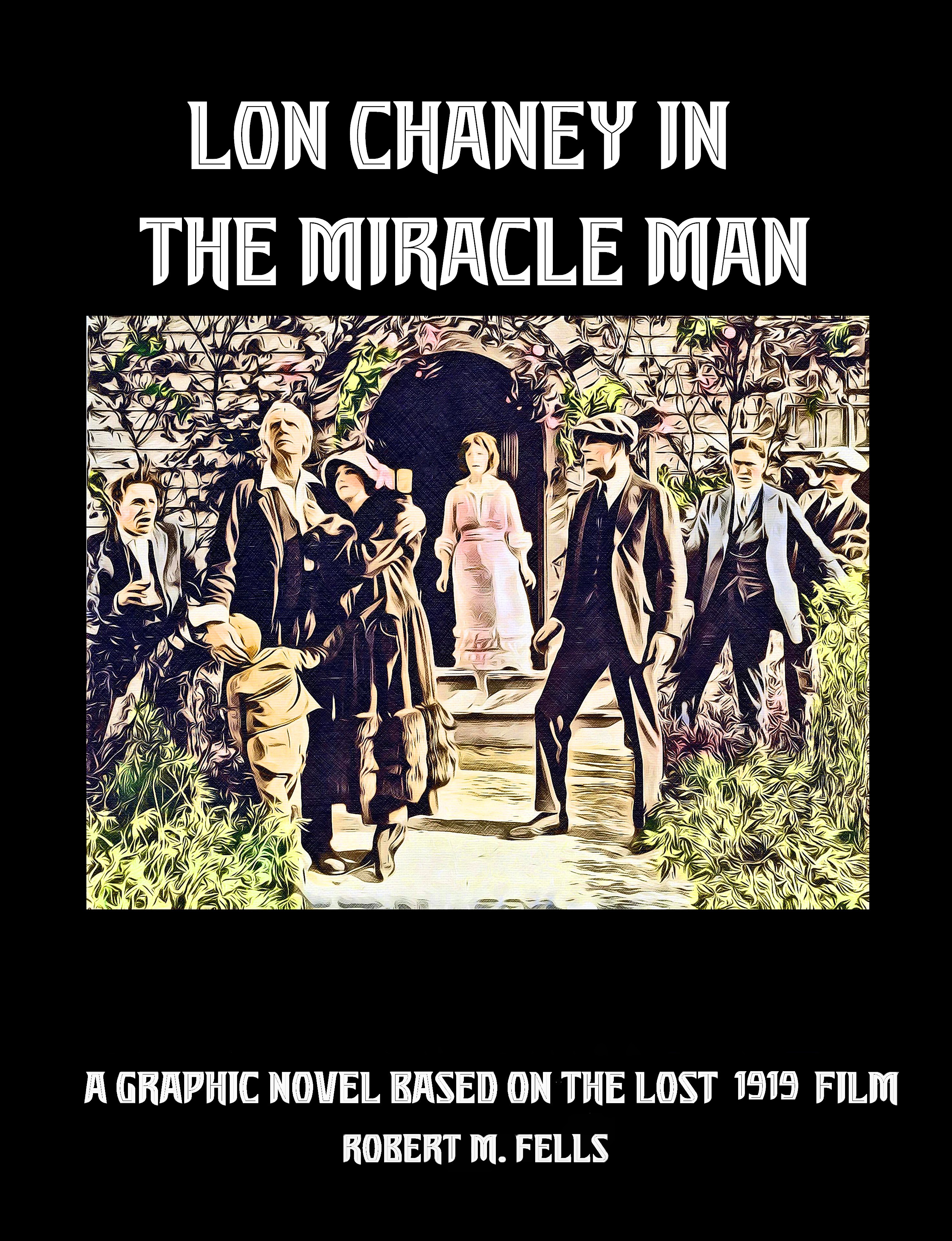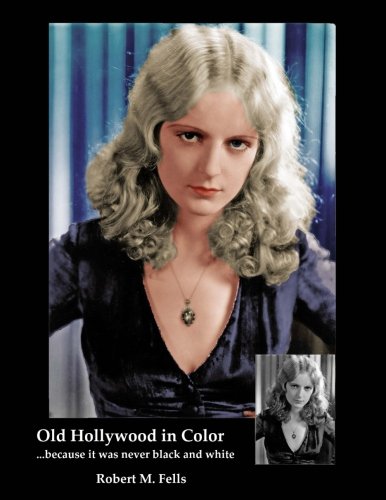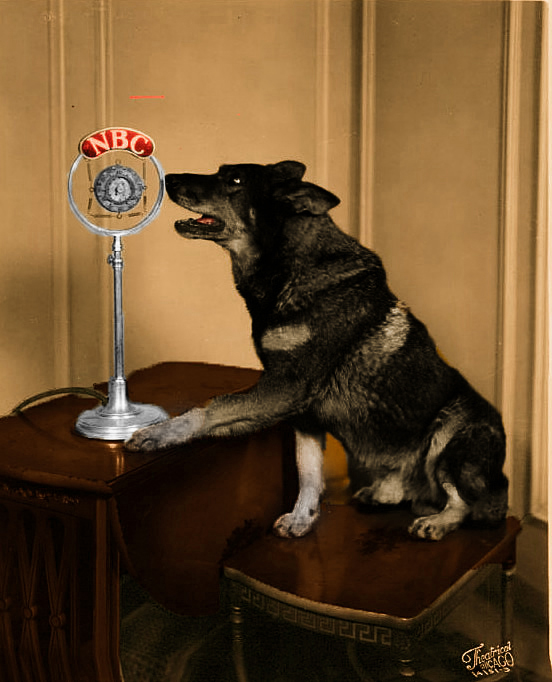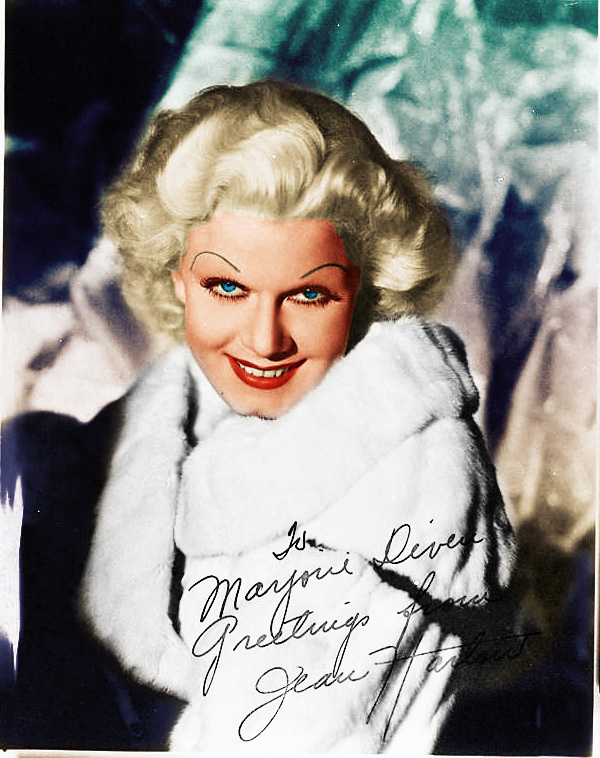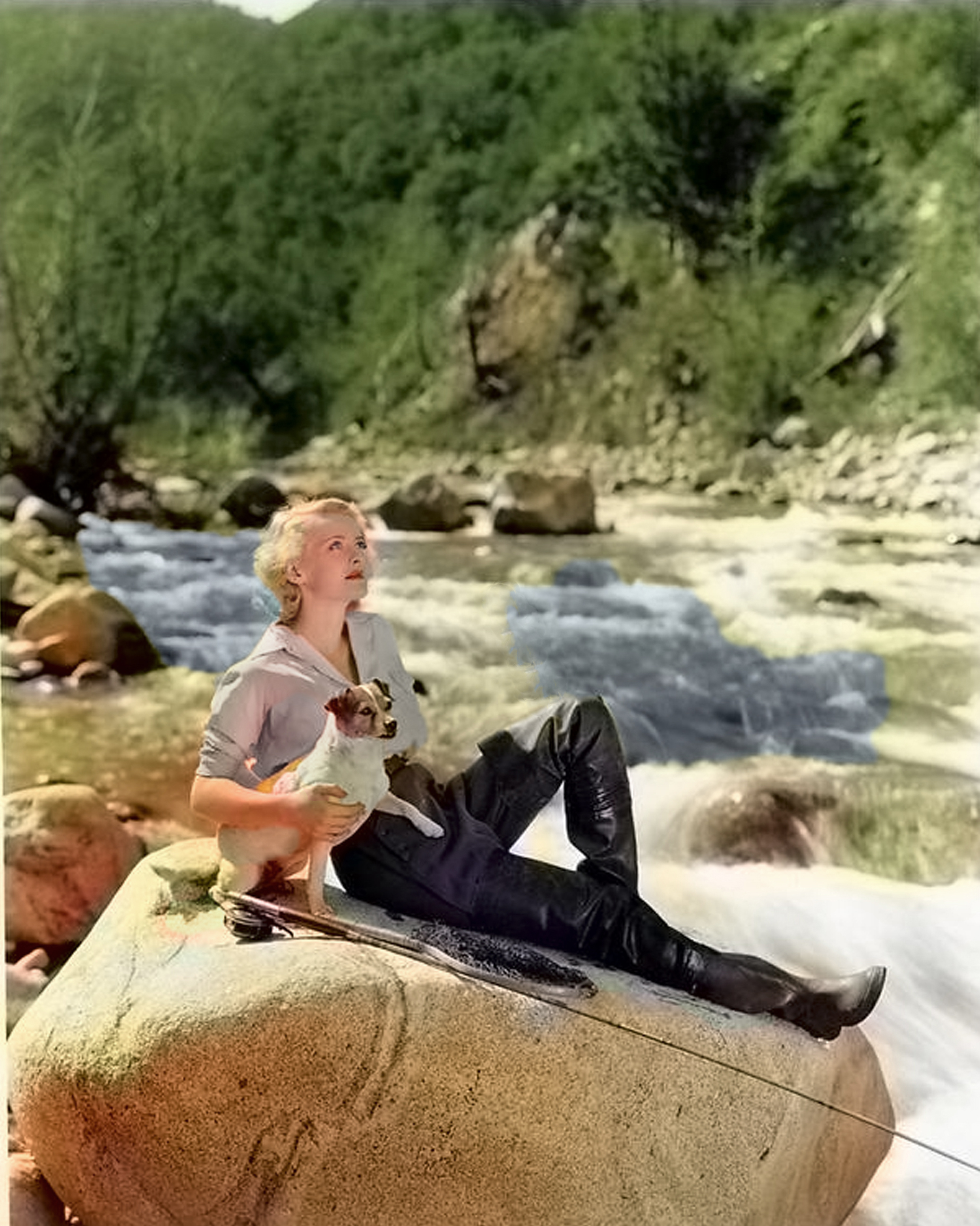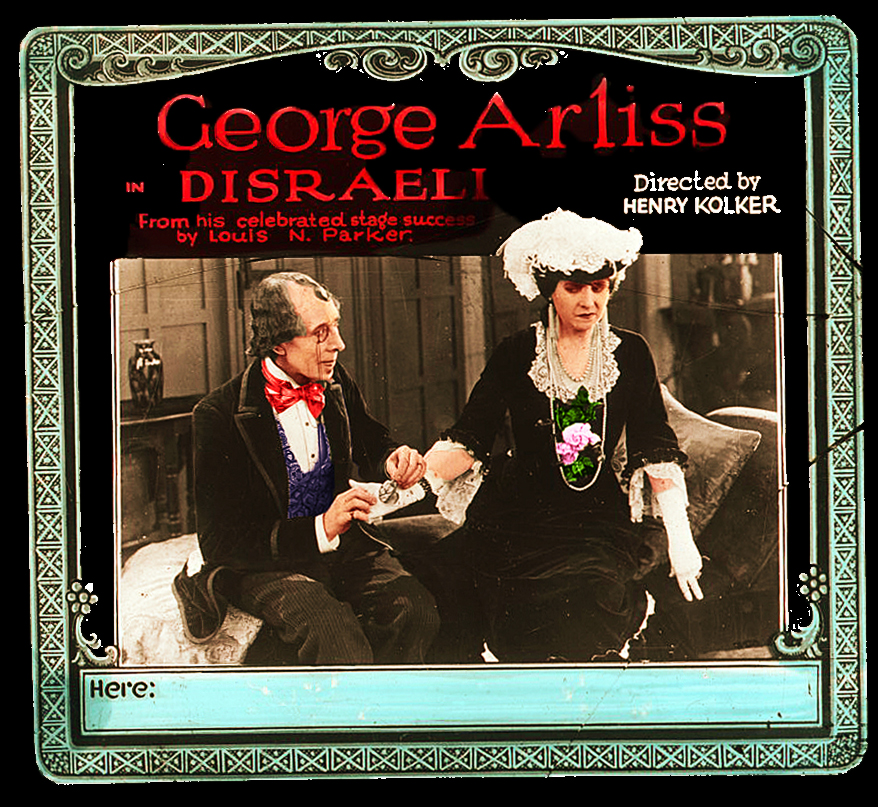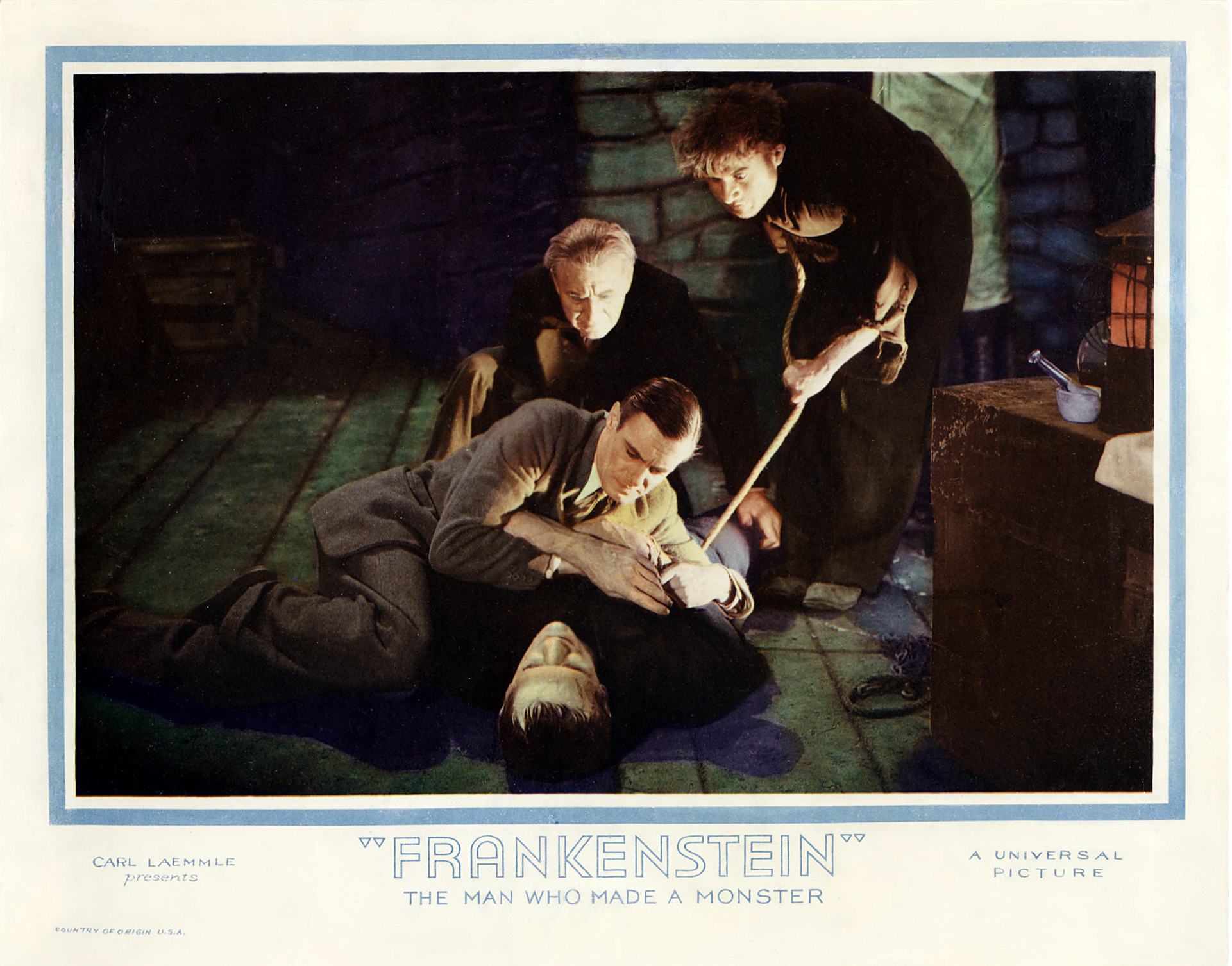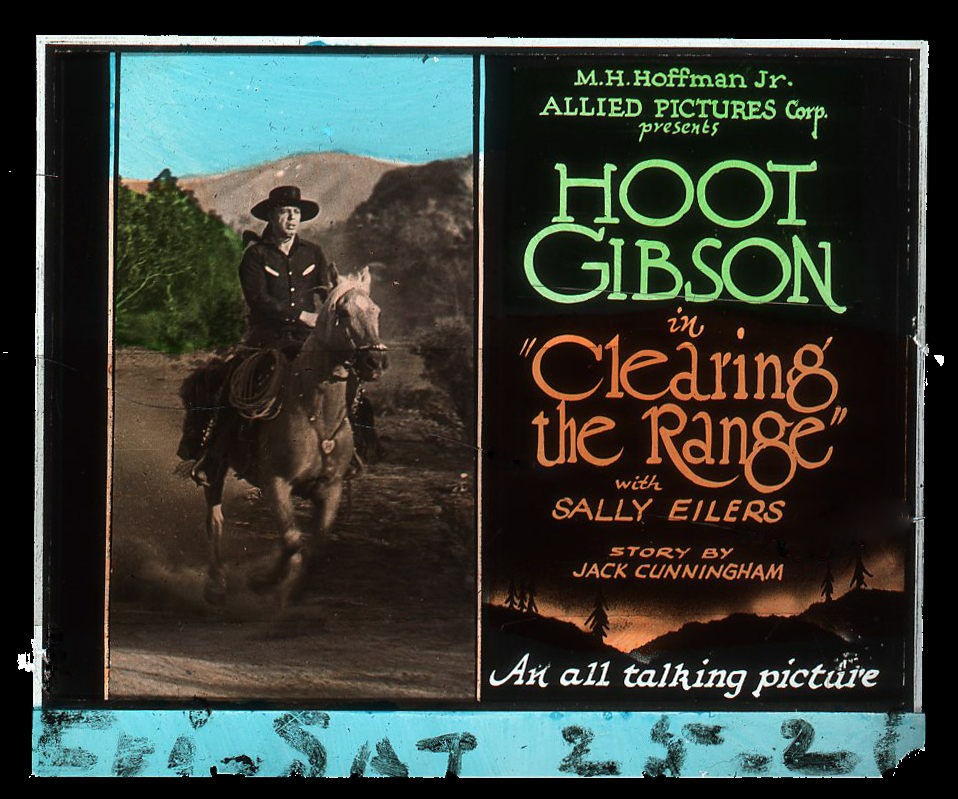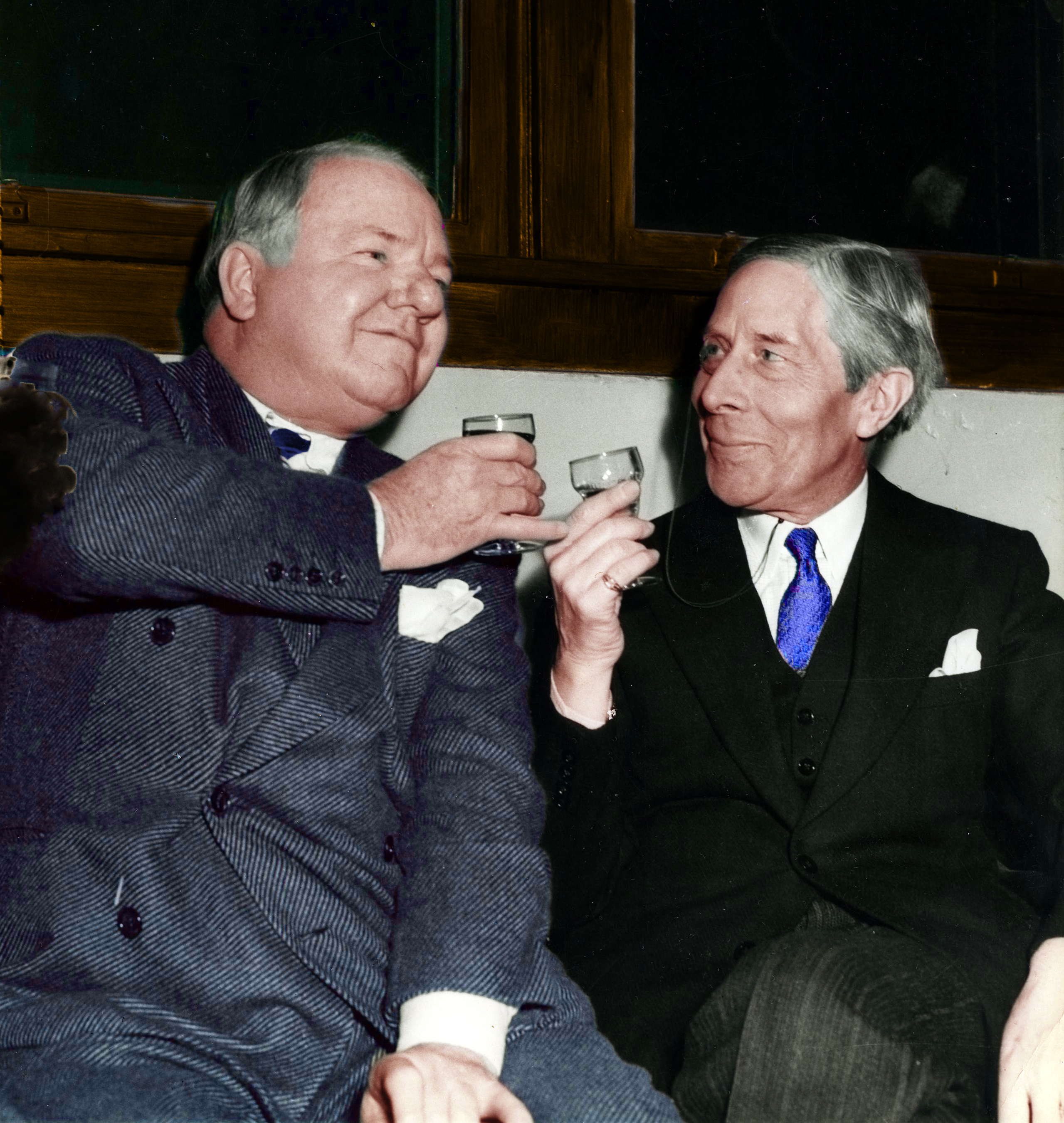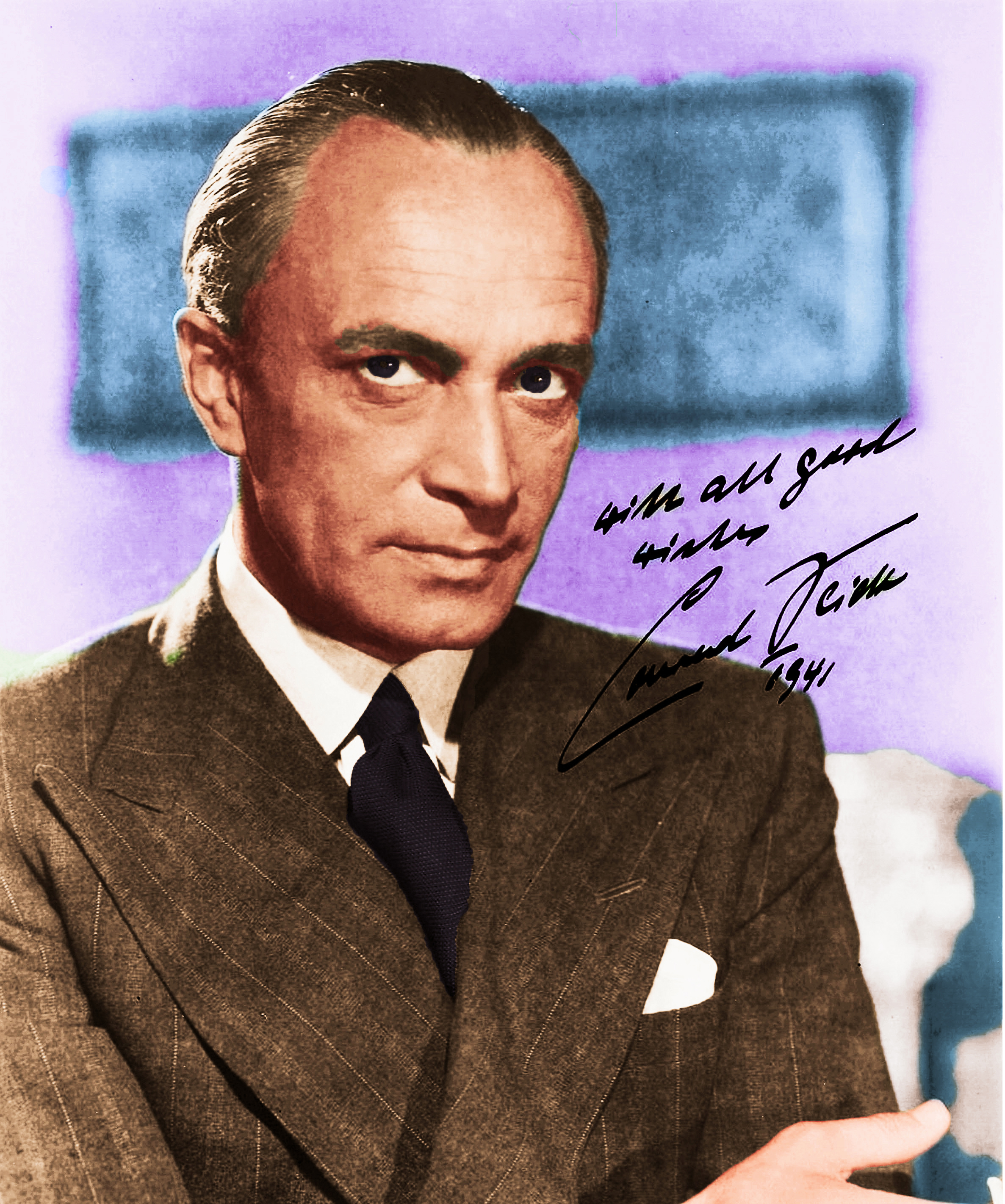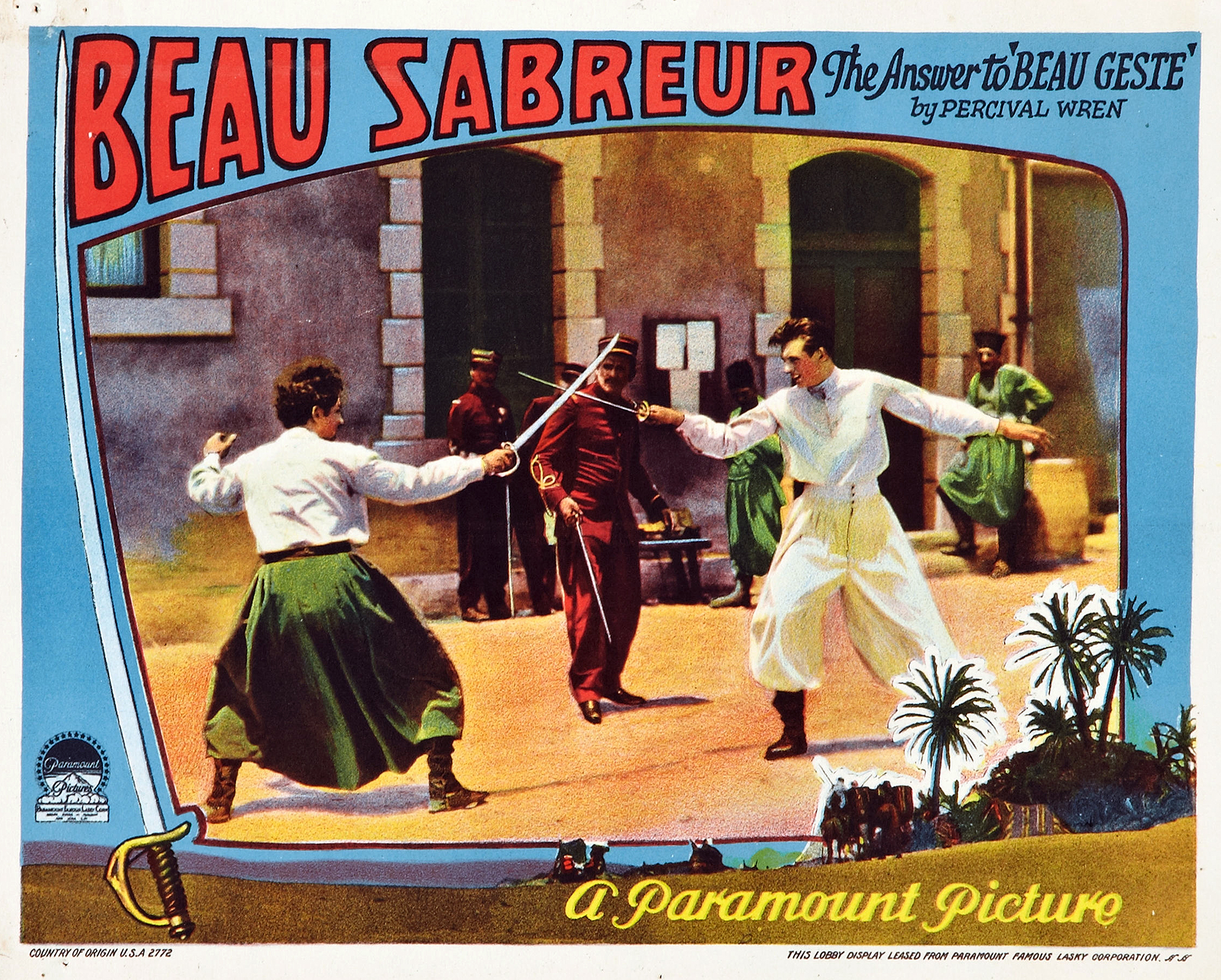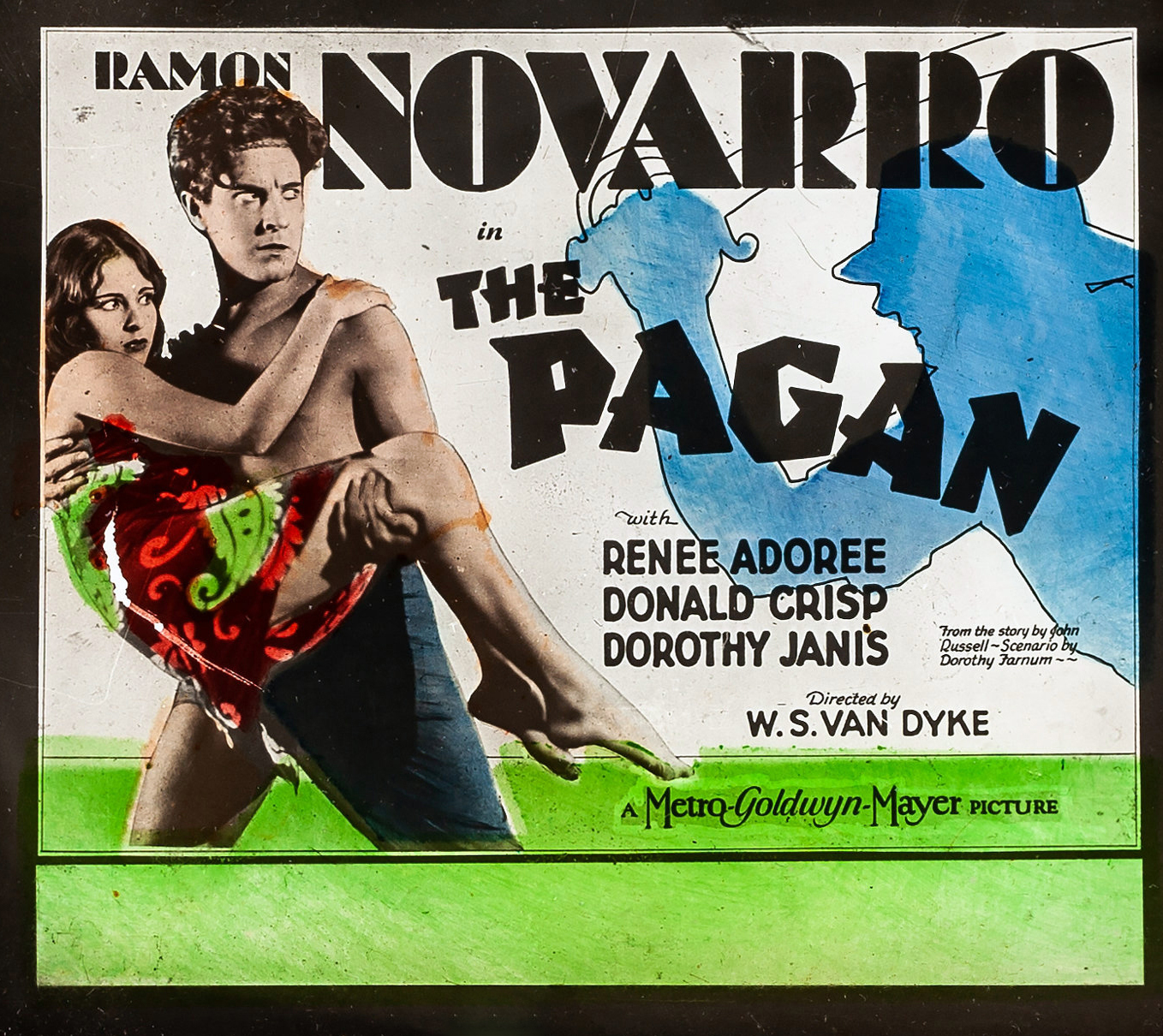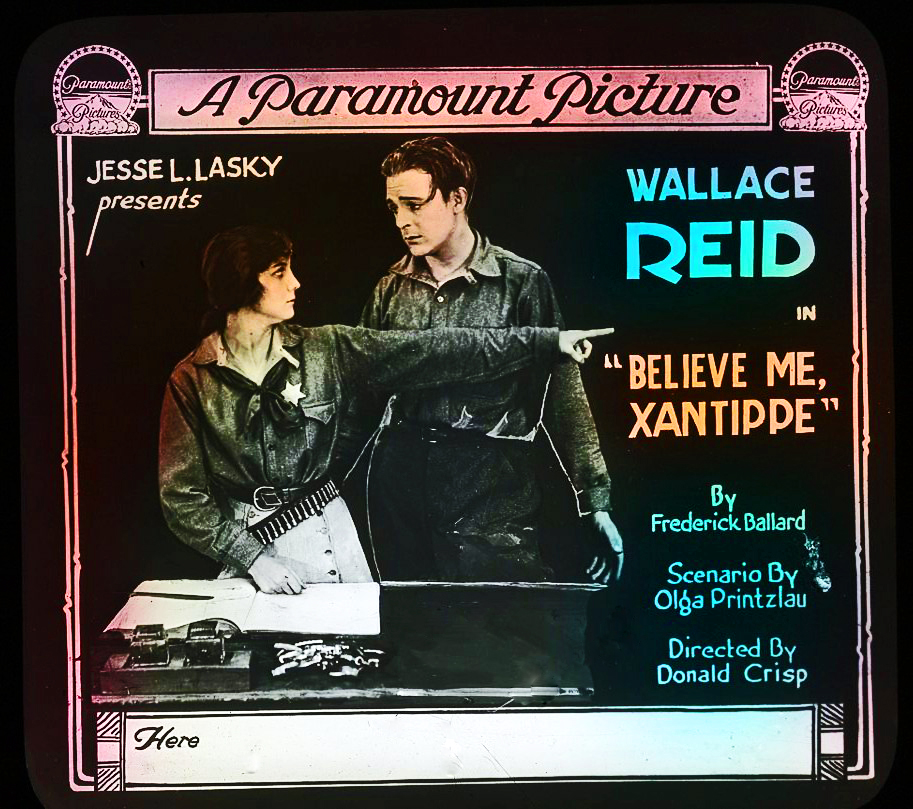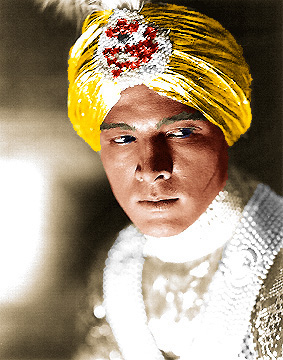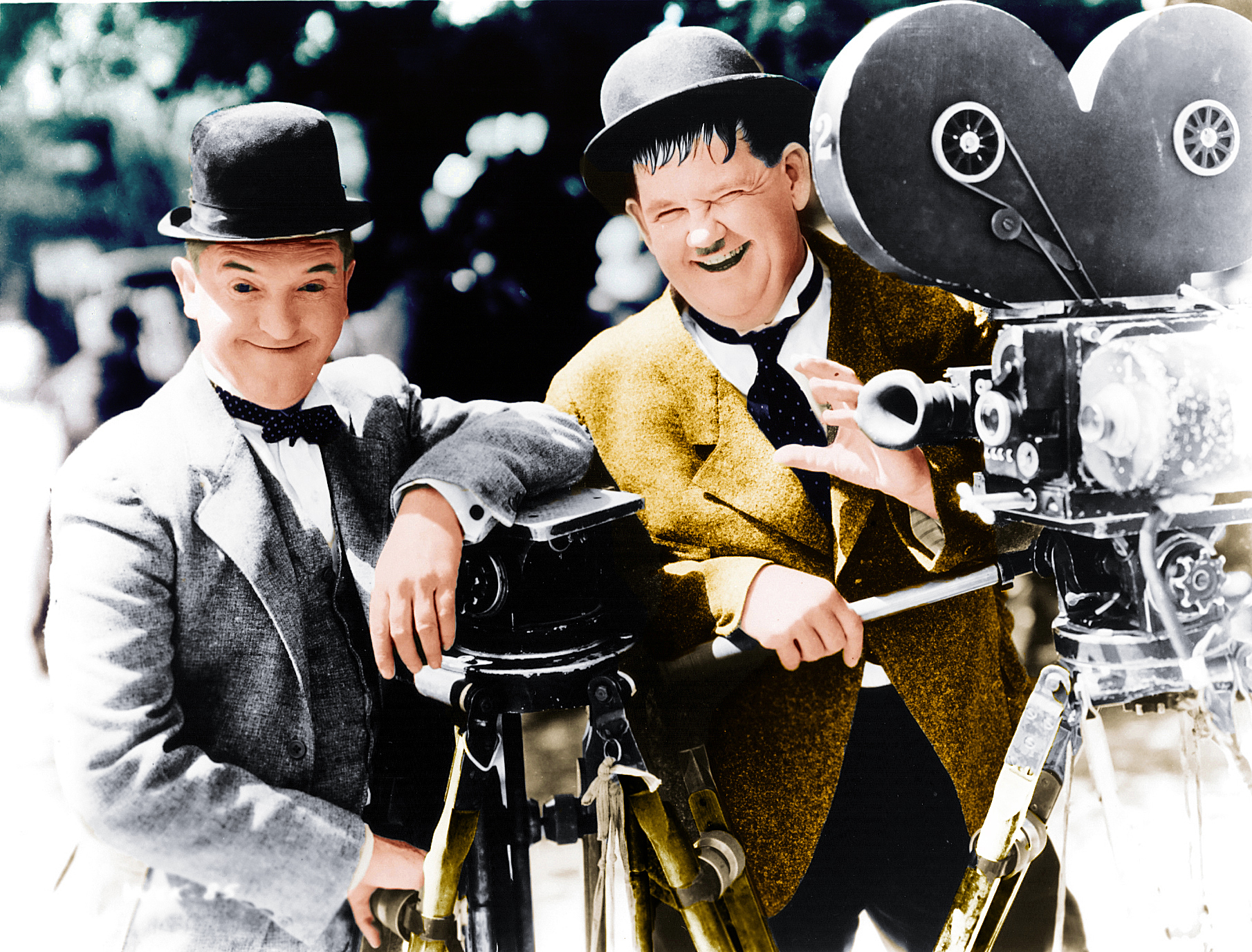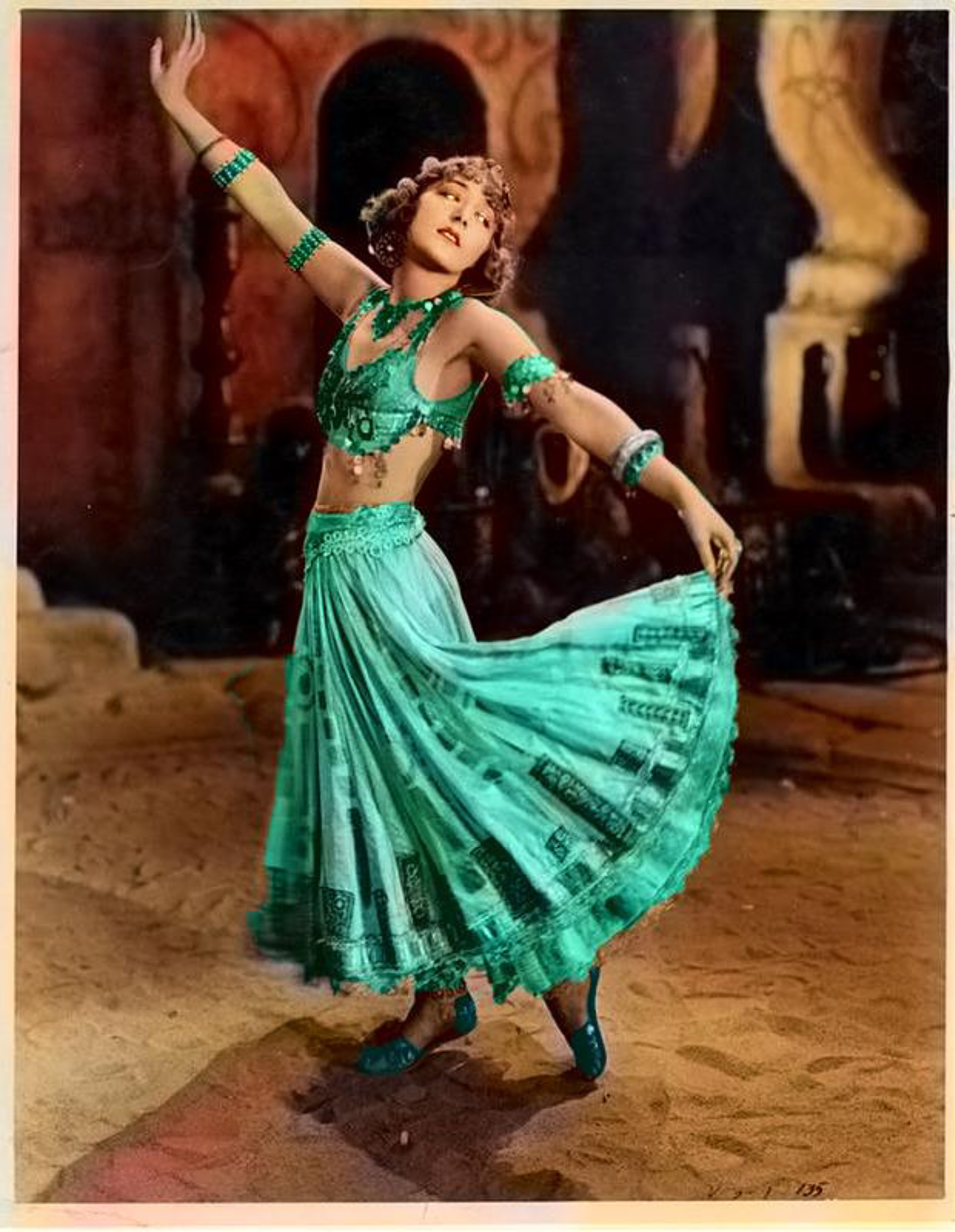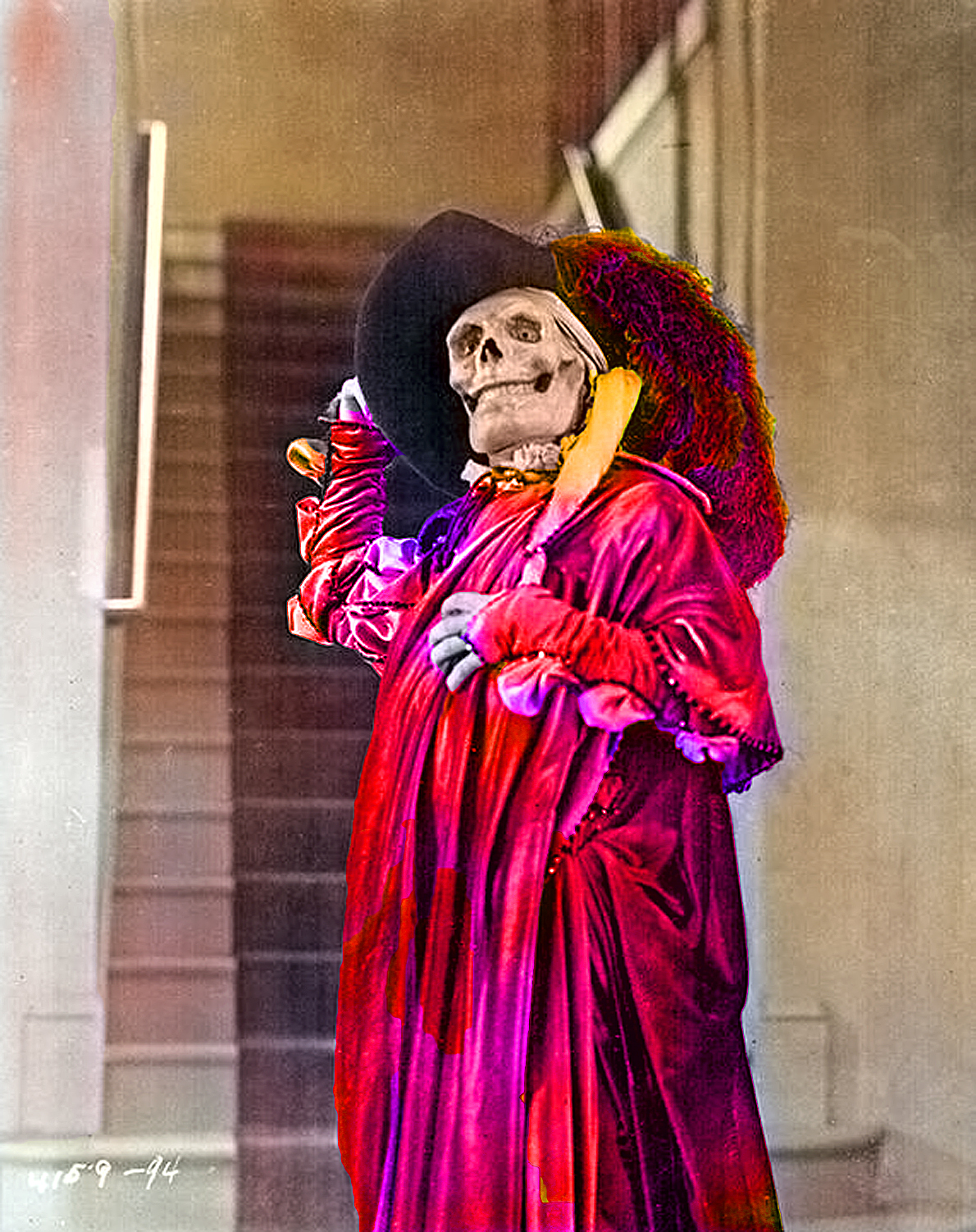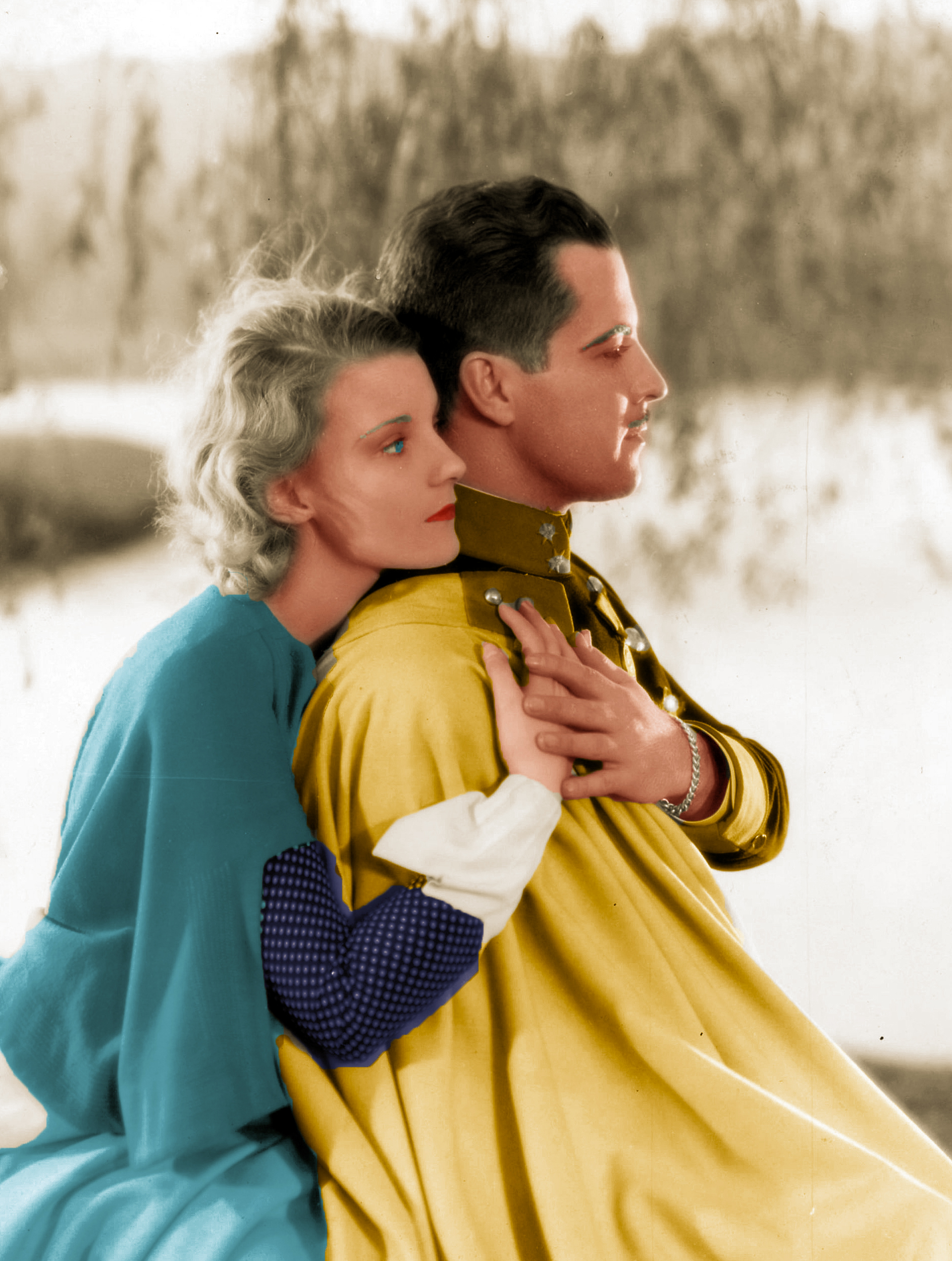
The original Rin Tin Tin (1918-1932) lived a more adventurous life than most people. As a puppy he was found among the rubble of a bombed-out kennel in France in September 1918 by American airman Lee Duncan. After the First World War ended that November, Duncan arranged to bring the pup back to the states when his own deployment ended. Duncan named the German Shepherd after a French clown and was impressed by the dog’s intelligence and his ability to follow complex direction. Hollywood seemed a logical outlet for the talented canine but none of the studios were interested – at first:
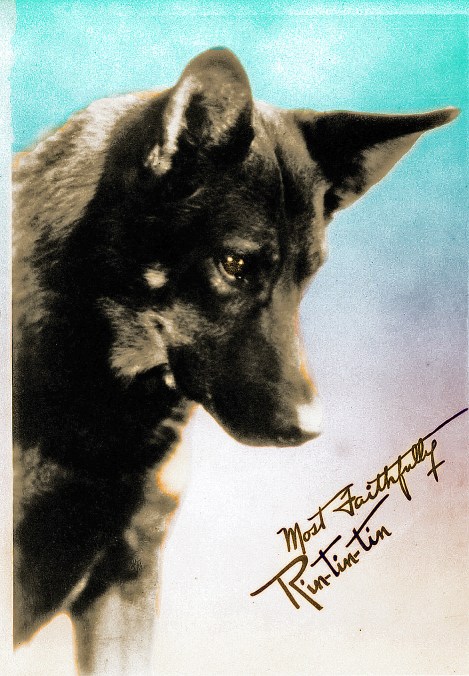
Dog films were popular in the early 1920s and no pooch was more popular than Strongheart, another German Shepherd. But anti-German prejudice in the United States ran high due to the war so public relations experts came up with a novel idea – henceforth German Shepherds would be called Police Dogs. Rinty’s big break came in 1922 while Duncan was watching a film crew working with another dog who was supposed to portray a wolf. The dog wouldn’t follow directions so Duncan stepped forward and assured the harried director that Rinty could handle the bit. Legend claims that Rinty was letter-perfect in this first, albeit uncredited, movie role.

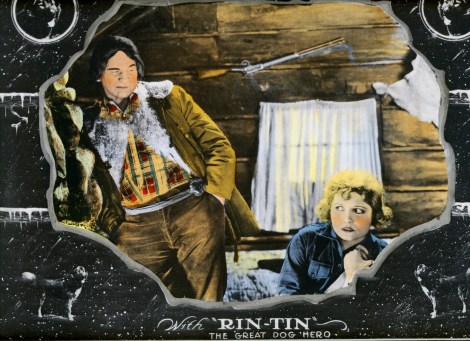
Rin Tin Tin achieved his first screen credit in MAN FROM HELL’S RIVER (1922), in fact he is the only performer credited in the lobby card above.
A small but up-and-coming studio, Warner Brothers (later abbreviated to “Bros.”), noted both the popularity of the Strongheart films and the relatively low expense to make them. Here is writer and future movie mogul Darryl Zanuck (note he is holding a book), studio boss Jack Warner (apparently reading a contract), Lee Duncan, and Rinty himself as arrangements are made to star Rinty in his first film:

WHERE THE NORTH BEGINS (1923) – Rinty’s first (of twenty-five!) starring feature films also has the distinction of being one of a handful to survive and available on dvd. Note that the human actors continue to appear anonymously in posters:
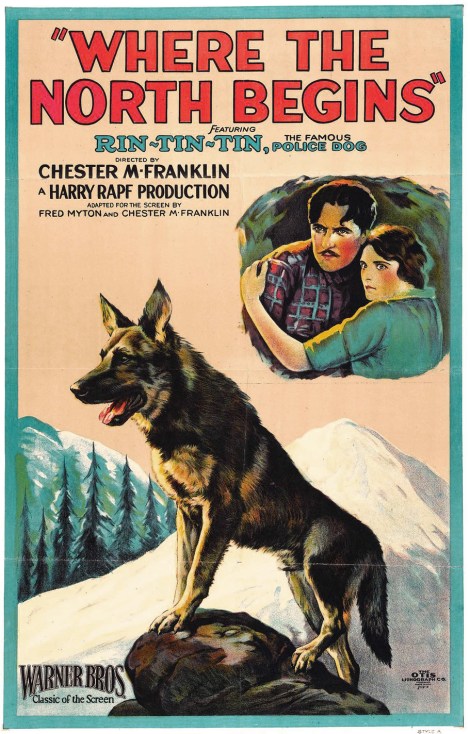
Rinty’s second starring feature, THE LIGHTHOUSE BY THE SEA (1924) survives in somewhat truncated form but is available on dvd. By now, Warners realized they had their first major box office star. LIGHTHOUSE was followed by the now-lost FIND YOUR MAN (1924):
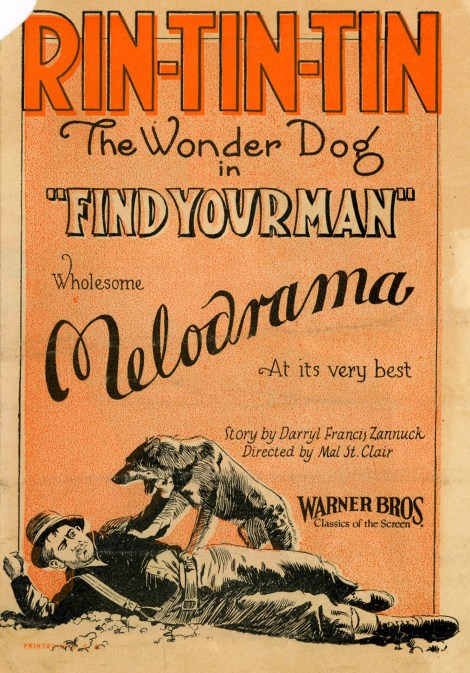
Above and below, a greatly enlarged “movie herald,” a small flimsy handout used by theaters to promote an upcoming attraction:
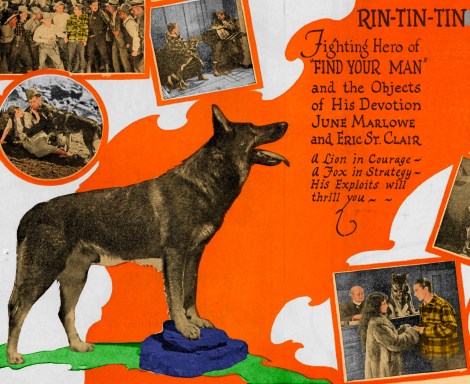
Studios provided their big stars with private bungalows on the lot but Rinty was given more practical housing – a large kennel. Here the silent film camera grinds while Lee Duncan supervises Rinty posing with various awards:

A photo of the same session:
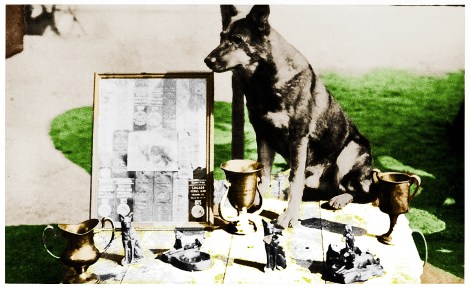
This photo even feels cold. Unlike the Lassie films of the 1940s, the silent Rintys are rugged outdoor adventures as this image suggests from the lost TRACKED IN THE SNOW COUNTRY (1925):
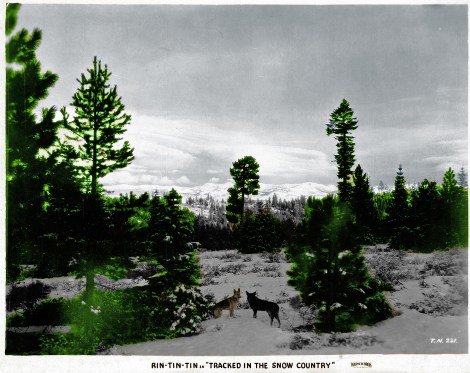
Never count Rinty out – a 35mm print of CLASH OF THE WOLVES (1925) was discovered in South Africa about ten years ago and repatriated to the Library of Congress. Now beautifully restored and on dvd, this film has been named to the National Film Registry of significant motion pictures:

The title role in THE NIGHT CRY (1926) was played by a condor, at the time the only one in captivity. Poor Rinty is blamed for the condor’s attacks on livestock but swings into action when the giant bird kidnaps a baby. One of the most exciting of the surviving Rintys:

A premium card to promote Ken-L-Ration, a dog food still sold today:
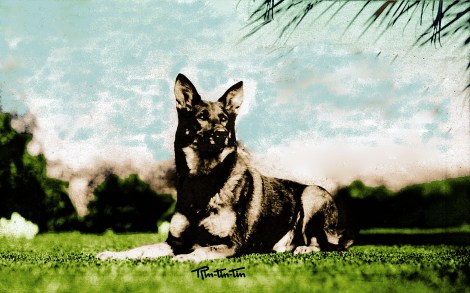
Another movie herald for another lost film from 1926:
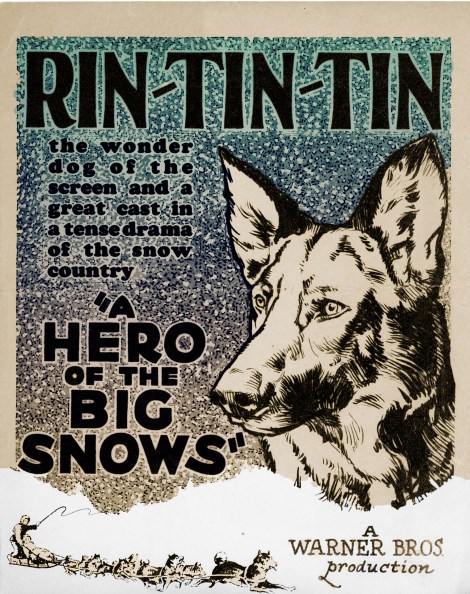
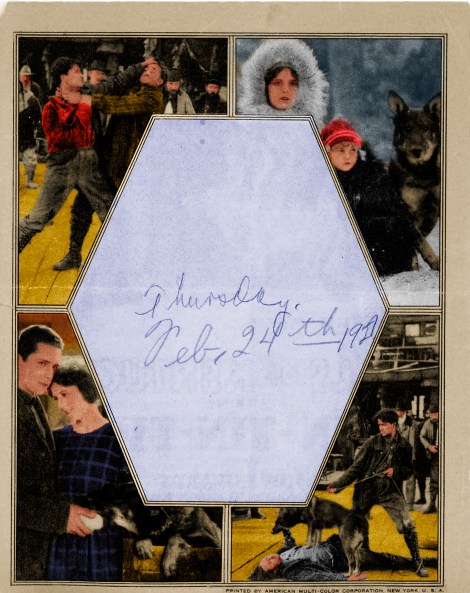
Human actors are now recognized but strictly in support of the star:

Youngsters were encouraged to read about Rinty’s exploits as well as see them on the screen:
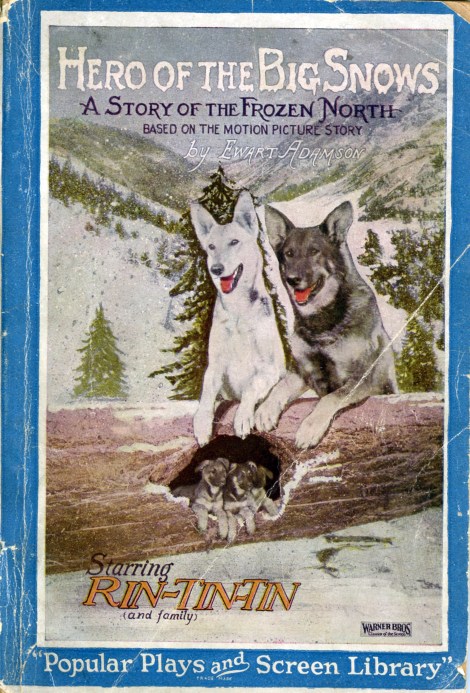
Nanette co-starred in several films with Rinty and in the 1930s appeared in films with Rin Tin Tin Jr. The stories often forced Rinty to choose between saving the heroine or saving Nanette. Of course, he chose his mistress but Nanette fended for herself just fine:
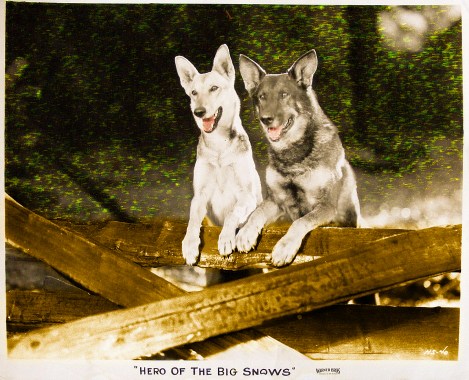
Rinty helps the police track down a killer in the Limehouse district of London in this lost film. By now in 1927 Rinty’s silouette alone identified him:
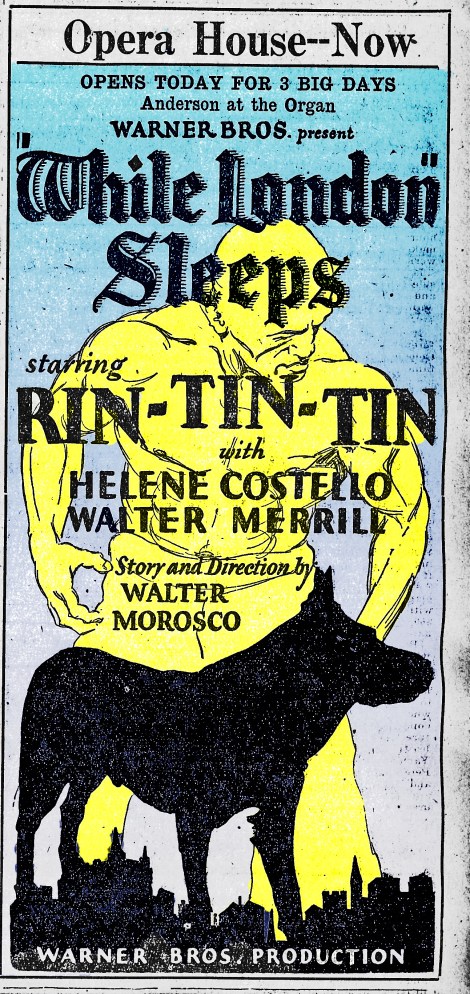
Dorothy Gulliver and Rinty spend an idyllic day as the clouds of World War I gather in the lost A DOG OF THE REGIMENT (1927):

Rinty on the western front where all is far from quiet. During World War II, Duncan and Rin Tin Tin III organized the K-9 Corps for the U.S. Army where they trained over 5,000 dogs for military service:
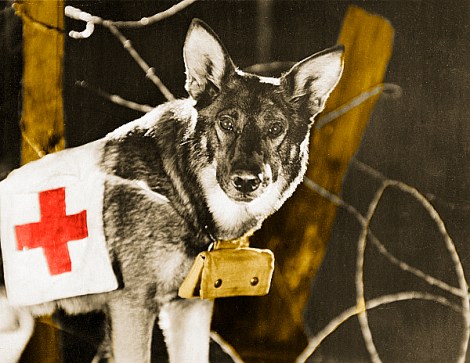
A surviving Rinty, though somewhat truncated, TRACKED BY THE POLICE (1927) provides non-stop action:
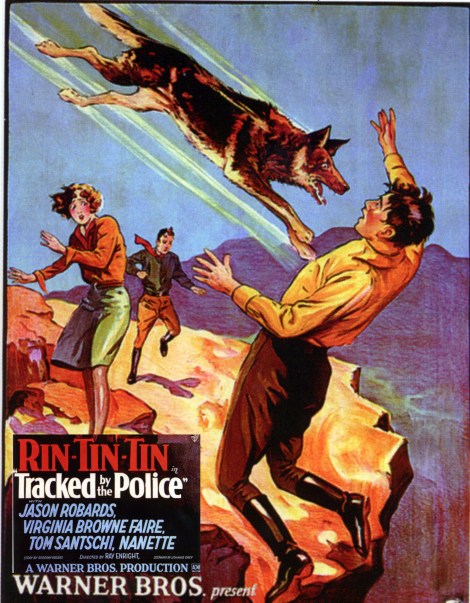
Al Jolson takes time out at Warners from revolutionizing silent films into talkies with THE JAZZ SINGER (1927) by paying a call on Rinty:

With the talkie revolution now underway, Rinty makes his first “barkie” with LAND OF THE SILVER FOX (1928):
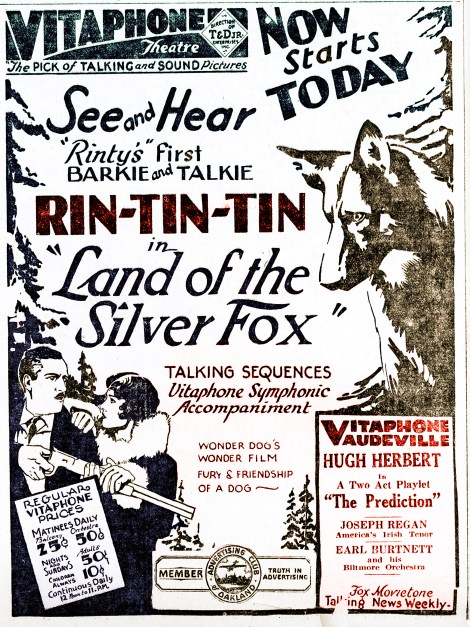
Rinty seemed to be born to keep kids out of trouble:
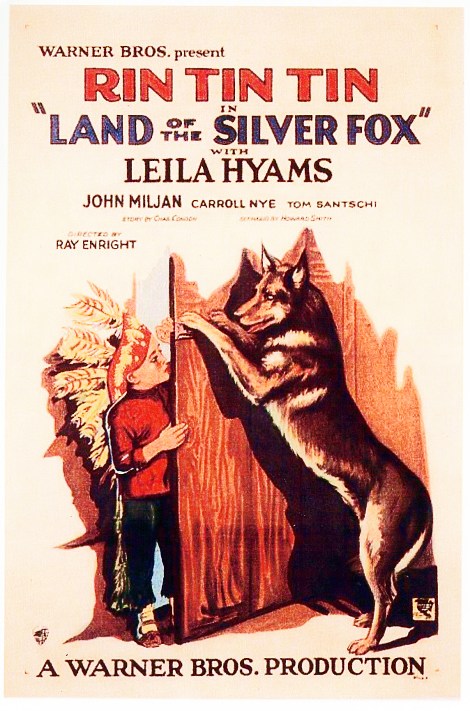
Rin Tin Tin in Palestine. The title in this Hebrew ad is BETWEEN THE SNOWY MOUNTAINS, which may be A HERO OF THE SNOWS or possibly TRACKED IN SNOW COUNTRY. In any event, this Rinty played the Ophir Cinema in Tel Aviv on January 12, 1930:

An enlarged postcard from TIGER ROSE (1929):
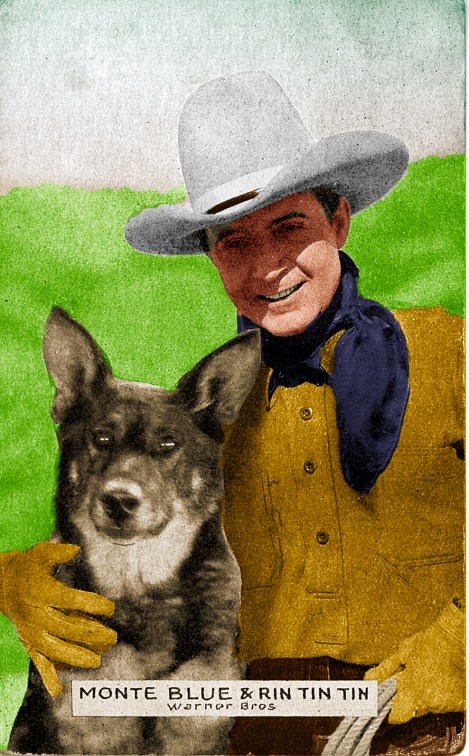
Rinty continued making three to four features per year in the 1929-30 sound film era. However, in December 1929 a Warners executive notified Lee Duncan that due to the advent of sound films, Warners would no longer produce the Rin Tin Tin films “because dogs don’t talk.” Here’s a nice portrait of Duncan and what’s-his-name:
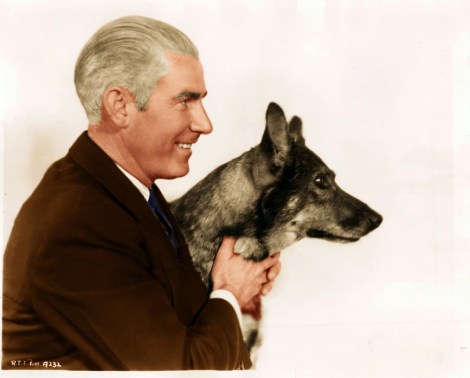
It also seems likely that two other factors were involved: first, Warners now had an impressive roster of stars of the stage and screen, and Rinty may have been an embarrassing reminder of earlier days when a dog kept the studio solvent. Second, by 1930, Rinty was twelve years old, rather elderly for a German Shepherd, and the studio felt it was time for him to retire. A poster from the lost talkie, ON THE BORDER (1930):
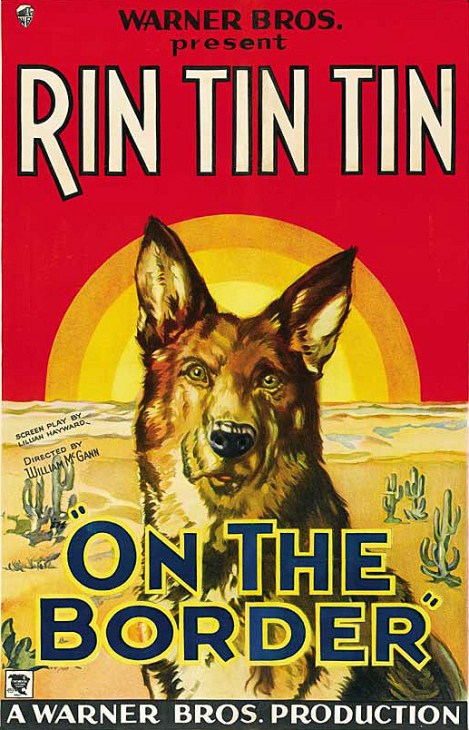
But Rinty kept busy by starring in a twelve chapter serial in 1930, THE LONE DEFENDER, and had his own radio show over NBC called “The Wonder Dog:”
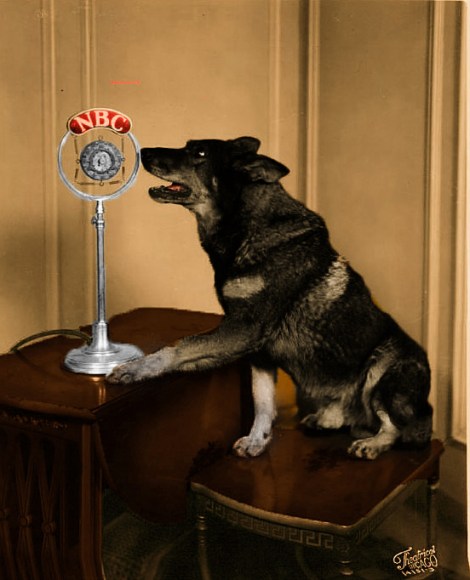
Rinty’s final film was THE LIGHTNING WARRIOR (1931), another twelve chapter serial. Just one month shy of turning 14 (about 90 in German Shepherd years), Rinty died suddenly on the front lawn of his home on August 10, 1932. Legend says that neighbor Jean Harlow (whom Duncan had given one of Rinty’s pups) came running over and cradled Rinty’s head in her arms as he died. But Rinty’s progeny continues to this day, the current heir in a direct line is Rin Tin Tin XII. Meanwhile, the original Rin Tin Tin rests in an honored grave site at the Lile aux Chiens (Cimetiere Des Chiens), Asnieres-sur-seine, Ile-de-France Region, France:
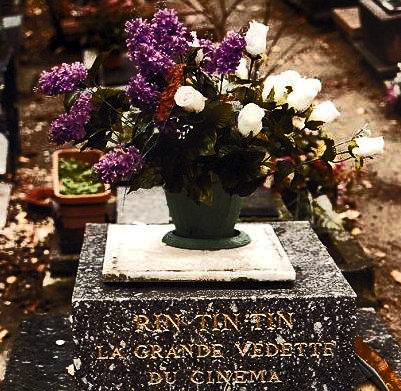
But thanks to films, the original Rin Tin Tin’s exploits can be enjoyed in the 21st century:














